Apr 6, 2014 | collage, interviews, painting
Pascal Janssen‘s talent for creating faces makes it hard to believe he’s just 21 years old. The Belgian artist paints, draws and collages features with so much emotion in them, each face nearly breathes with life.
He mostly draws portraits of his friends, occasionally including a favorite musician. He captures those moments of revelation and self-doubt as each new set of eyebrows and chins depict them, emphasizing each subtlety to reveal a depiction truer than a photograph.
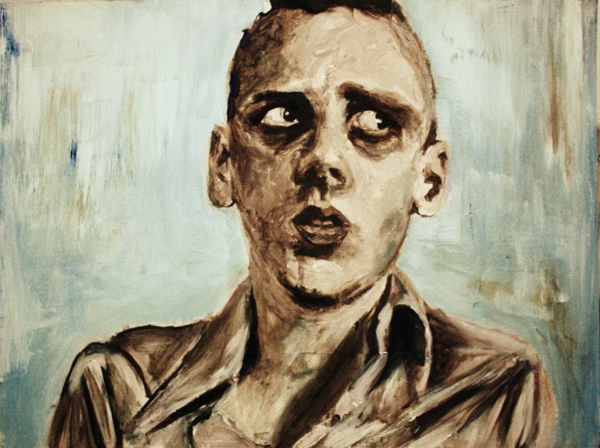
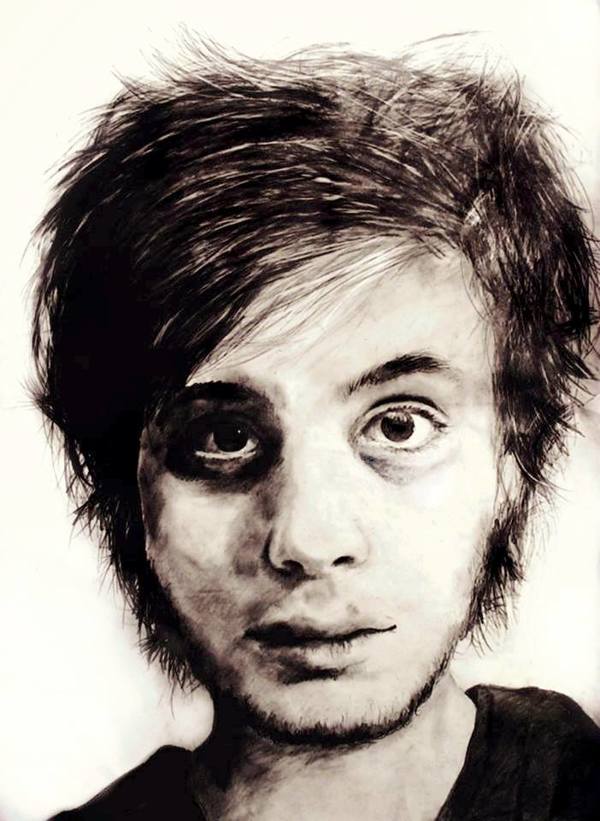
“My artwork is mostly based on the mind of the human being, how it’s perception on the world and itself is,” he writes.
Drugs and their affects also played a role in the formation of his work. Pascal seems fascinated by the changes drugs cause within the body, and how those changes manifest themselves in expressions.
Pascal was nice enough to answer my questions about his work, and how his fixation on the face began:
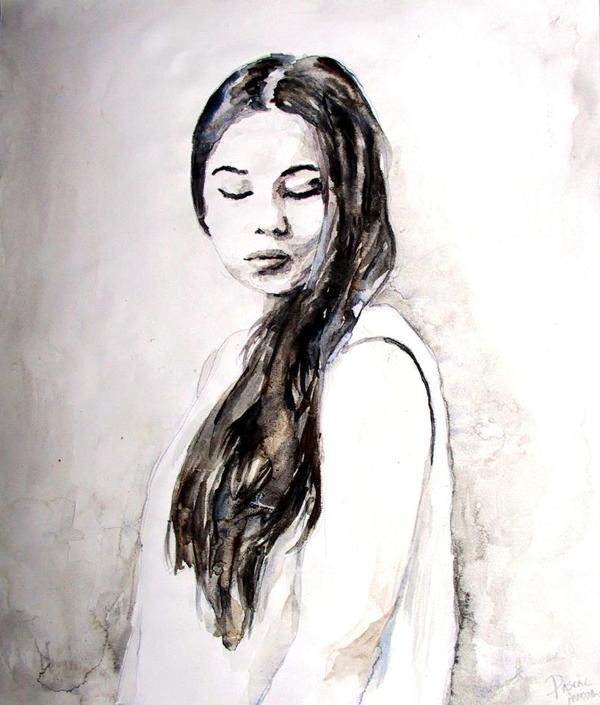
How has living in Belgium helped shape your art? What do you like most about Hasselt?
Even though art in Europe is more active in Berlin, Belgium is also a nice place for an artist. You have a lot of art schools around the country. My parents sent me to art classes since I was in kindergarden, it was once a week and just for fun.
I quit those art classes when I went to high school in Hasselt where I did visual arts. I really loved it there and had a great time, the people there were a lot more open minded than they were in middle school. I really hated middle school, some teachers even mocked me for planning to go to art school.
But I couldn’t care less, I always wanted to be an artist. And for now I’m studying at an art college, just next to my high school. I’ve always loved Hasselt. It’s not the most interesting place in Belgium like Gent, Antwerp or Brussels. But I do feel safe there, it feels like home. I currently live at Rekem, close to the border of the Netherlands where Maastricht is located. Maastricht is also a nice place for an artist, I had my first exhibition there with 7 other artists in September 2013 and planning to have my first solo exhibition there in April 2014.
When did you first start creating portraits? Can you remember the first person you ever painted?
I don’t really remember, I probably had some assignments to paint or drew a portrait for school, but didn’t care about it cause I mostly just made what I felt like making. When I was in elementary school I drew a lot of cartoons but when I went to high school I mostly painted abstract paintings and when I was around 17 I really noticed I just love painting portraits.
And that was when I created “Ignorance is Bliss.” It’s a portrait of some stoner, to this day I still don’t know who this guy is but I thought it was kinda hilarious to paint him because my teachers back then hated anything that had something to do with drugs. Most of my work back then had references to drugs and sometimes it still does, because I still think it has some interesting factors like hallucinations, psychoses, addiction, depersonalisation, etc. I think making portraits is something I’ll always will love doing, but I’m always open to paint new things or use new techniques. I like to experiment a lot.
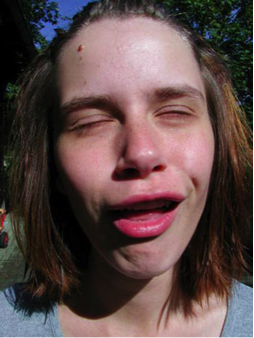
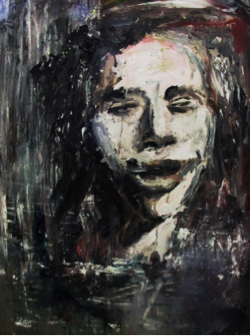
What do you love about reinterpreting the human face over and over again?
I never thought about that really, for me it’s more than just a face. It’s like I’m painting a complete person as he or she is, or just how I feel about them. I like painting my favorite musicians. Mostly musicians who make lyrics which reflect the thoughts and feelings in my life, like King Krule, I love the melancholy in his music. But I mostly love to paint my friends, like I said it’s more then just a face.
How long does it usually take to create each of your works, and what methods do you use to create them?
I mostly work in a fast tempo, it takes normally about an hour or 2, depending on size of course. And if I start working on a piece, I don’t stop untill it’s finished or else I just start all over again. I learned to paint this fast because I work a lot with watercolor. With that kind of paint you have to work fast and you cannot really correct mistakes.
My technique with watercolor also had an effect on my technique with painting in oil. I use a lot of terpentine on my oil paintings just like I use a lot of water on my watercolor paintings. I also don’t use white oil paint, instead I use gesso, a thick paint you actually use for preparation of your canvas. I never really liked working traditionally I guess.
What’s one of your favorite quotes about art and how do you see it applying to your own work?
The quotes of Vincent van Gogh are my favorites, they might sound cheesy but I love them: ” If you hear a voice within you say ‘you cannot paint,’ then by all means paint, and that voice will be silenced.” Criticism has always motivated me even if it came from within me. I’m not trying to be a better artist then somebody else, I’m just try to be better than myself.
“I feel that there is nothing more artistic than to love.” As the romantic person I am, love has always motivated me to paint.
“I know nothing with any certainty, but the sight of stars make me dream.” I’m also a very agnostic person who will question about anything, but I do have an endless fascination for the universe.
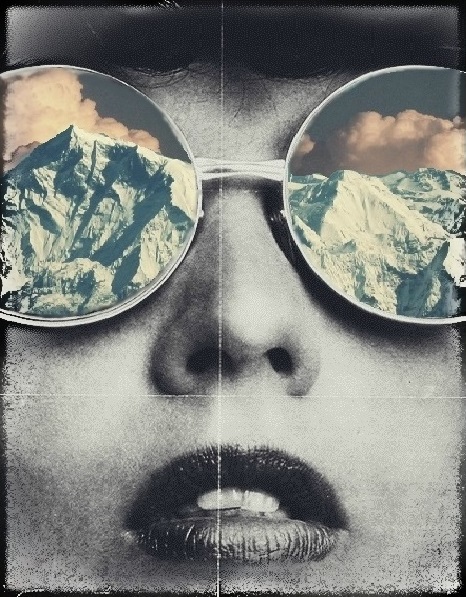
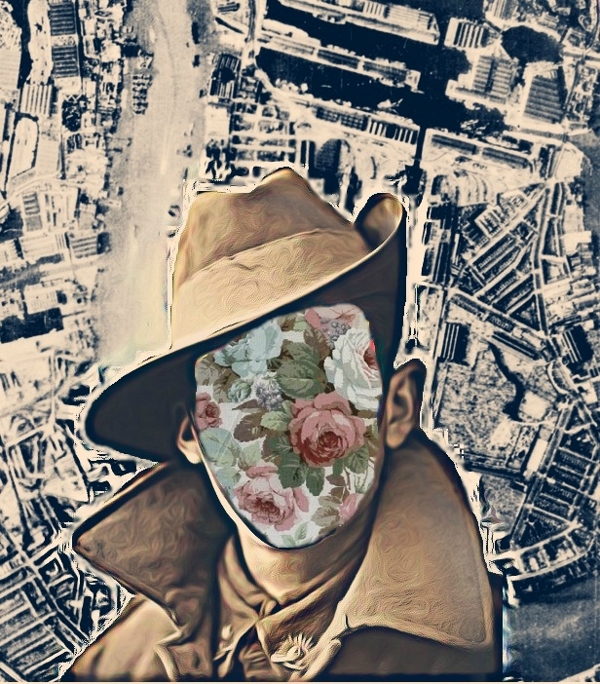
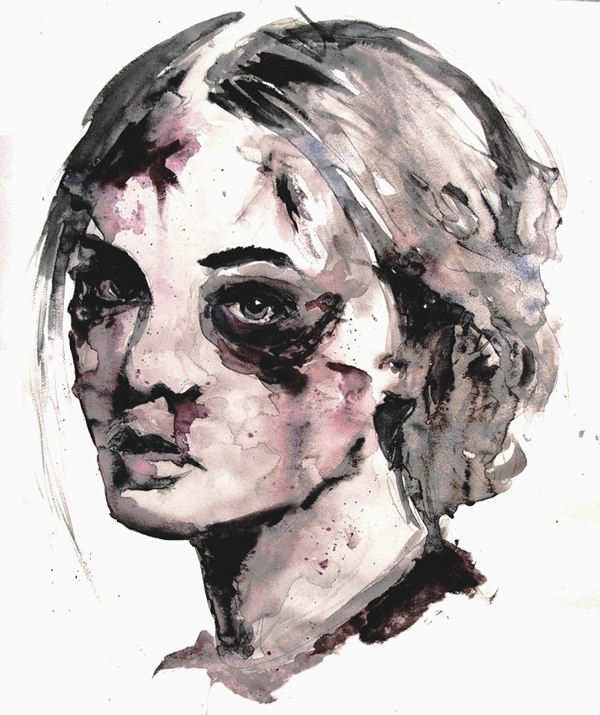
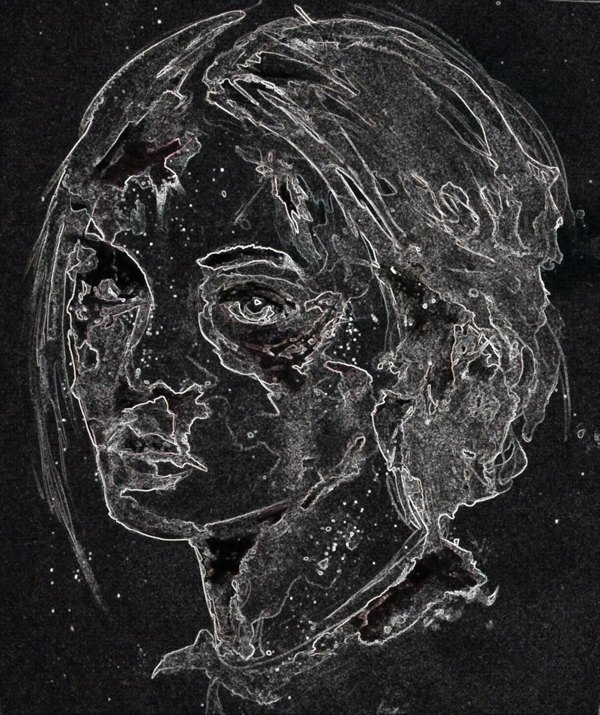
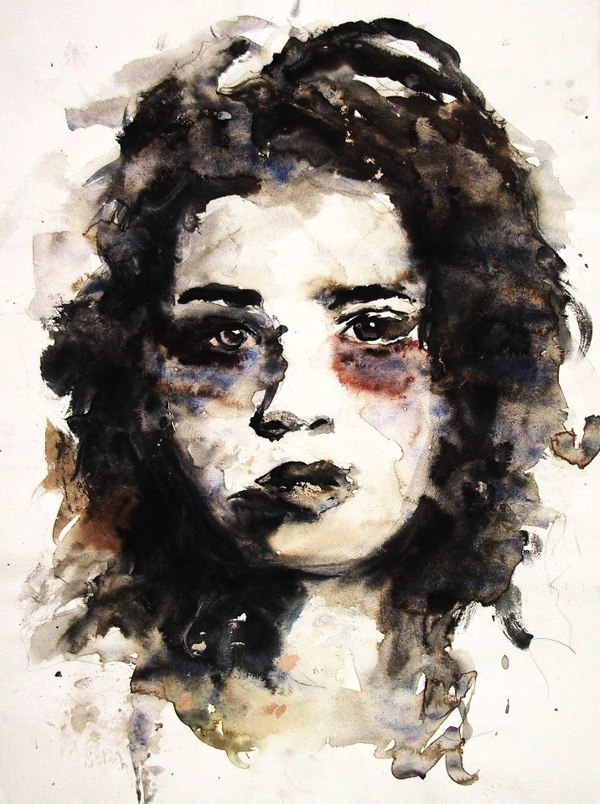
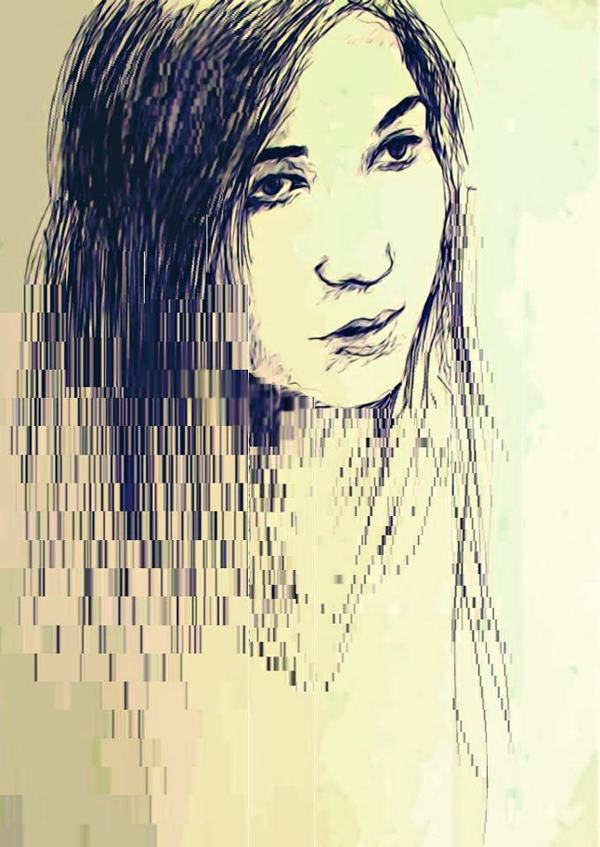
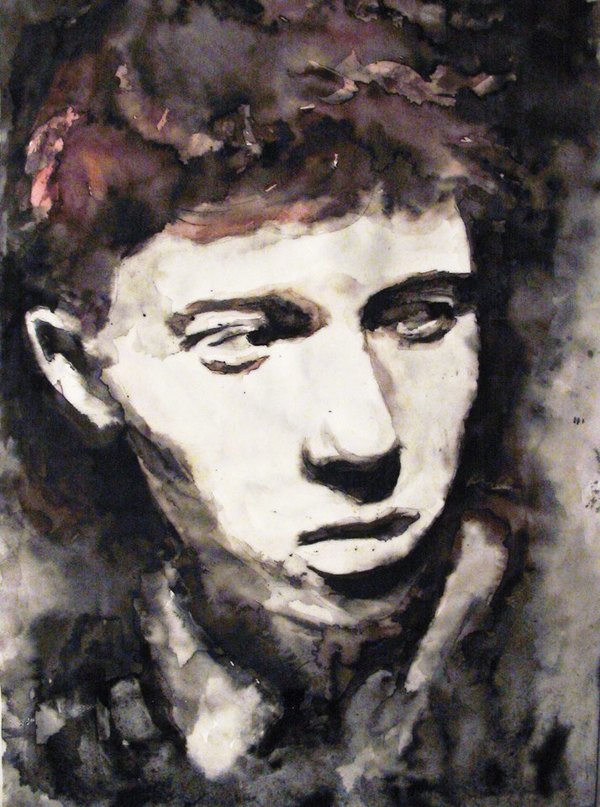
For more from Pascal, you can find him on Facebook, Tumblr and Behance.
Dec 12, 2013 | collage, interviews
Gabriel Folli is a young French artist, working in nearly every medium to interpret his memories and the world around him. He’s studied at the University of Amiens, near Paris since 2009 and has exhibited in Amiens, Abbeville and Bourges, France this year.
His collaged works are my favorite — layer upon layer of photographs and color that turn memories into dreams — or nightmares, depending on what frightens you. But his portfolio finds balance in representational paintings and drawings of landscapes. They hold shadowed horizons taken from photographs, and the sheets of skyline can be rearranged and randomized to create places that don’t exist.
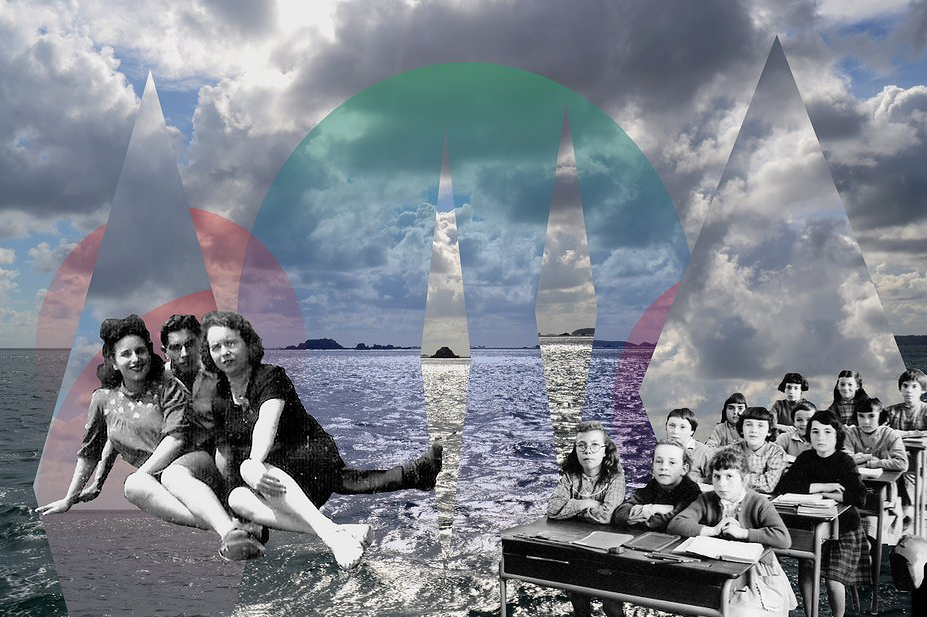
When did you first know you wanted to be an artist? What’s the first artwork you can remember ever creating?
I began to draw comic strips when I was 13 or 14 years old. I wanted to make it my job. During the high school I created many drawings and installations… Concerning the works I make today, the first work which had an influence on the others was a video called Open Door, created in 2012.
Where do you find the images for your collages? How do you piece them together?
Initially, I take photos of landscapes which make up the background of the collage. Then, the characters are members of my family, my friends…I find theses photos in my family’s archives, most of them are old photos that come from the house of my grandparents. I give them a second life.
For the construction of collages, I look for people who can correspond to the landscape, or not, and I play with the hot colors. In my work in general, there is a strong contrast between warm colors, light and the black of darkness. I want to create idealized and fantasized situations in my collages.
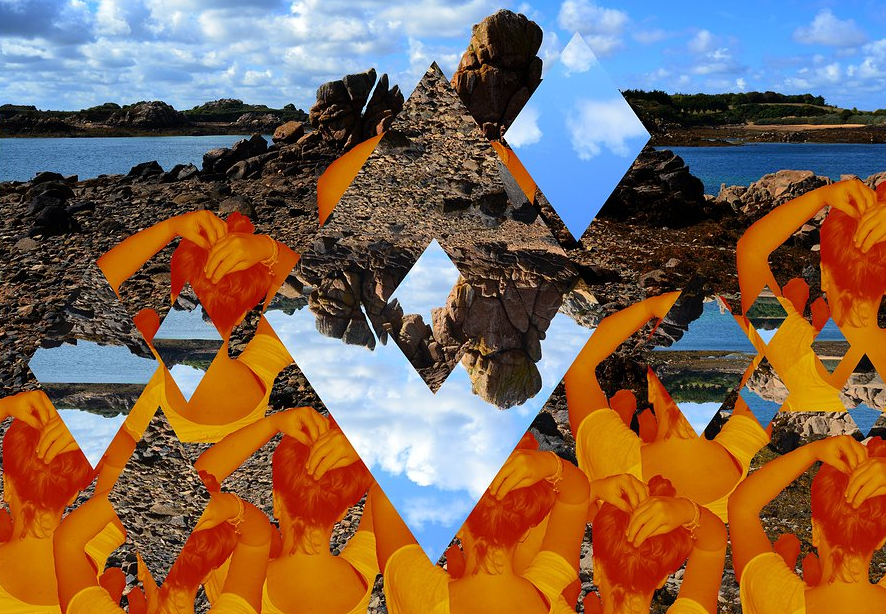
Do you create your drawings from photographs? What about landscapes inspire you to depict them in so many different ways?
Yeah, my drawings are created from photographs. Photography (or video) is often the basis of my work. I use photos to create drawings, paintings, collages…
The photography is not really the purpose but a way. Every drawing corresponds to a memory, and all of theses drawings create a life, my life, in which the memories are mixed and modified with time. Drawings are put on a same horizon line, in a random choice, and form a unique landscape.
Who are a few of your art idols, and do you think they played a role in the formation of your own work?
A lot of artists are influence my work, it’s certain! I discover most of these artists on the Internet or in books, among whom many are not very well-known. I like the work of Monika Traikov, Fabienne Rivory, Sergey Larenkov, Lorna Simpson or Alexander Schellow, one of my favorite artists. Each of them has a different approach, and in my work, I try to find new techniques to realize my memories, and at the same time, destroy them.
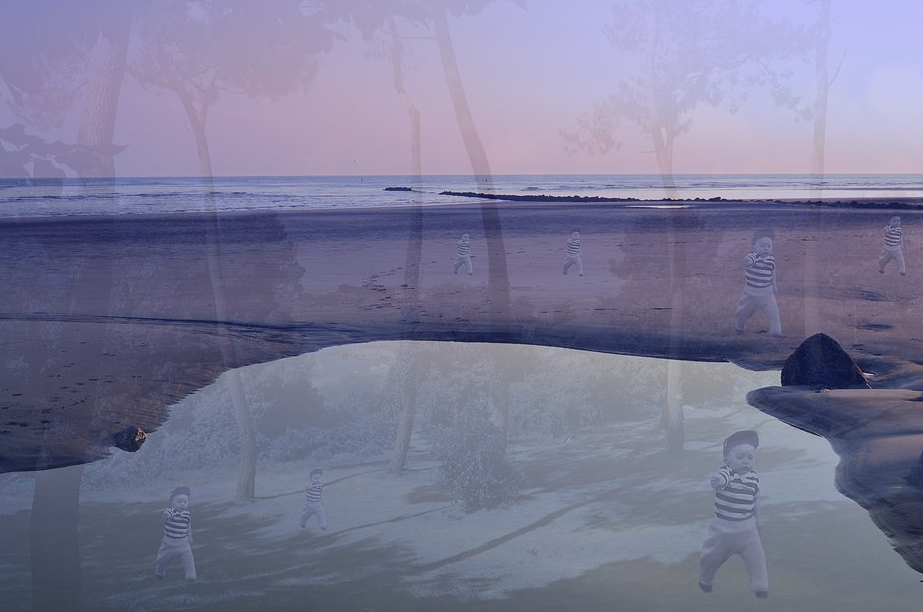
Which places most inspire you to create your landscape works?
I like the nature more than the city. A lot of my photographs are taken in the nature, in front of the sea or forest. I am interested by the night too. The night brings me a lot of contemplation, silence, solitude. Besides, I often create during the night.
What’s one of your favorite quotes about art?
« Je composerai jusqu’à la décomposition. » Serge Gainsbourg
In English : “I shall compose until the decomposition”
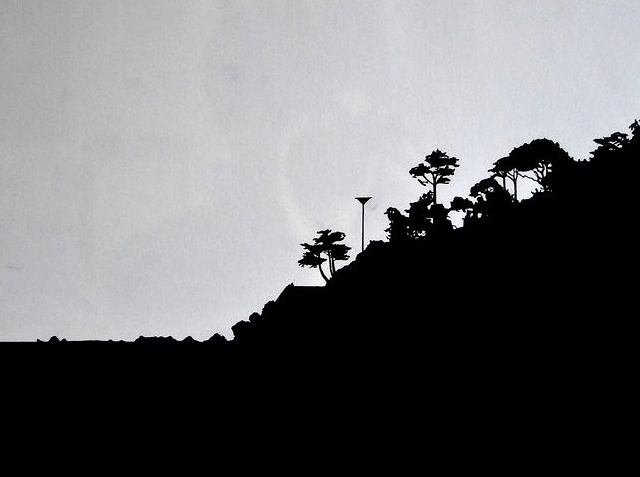
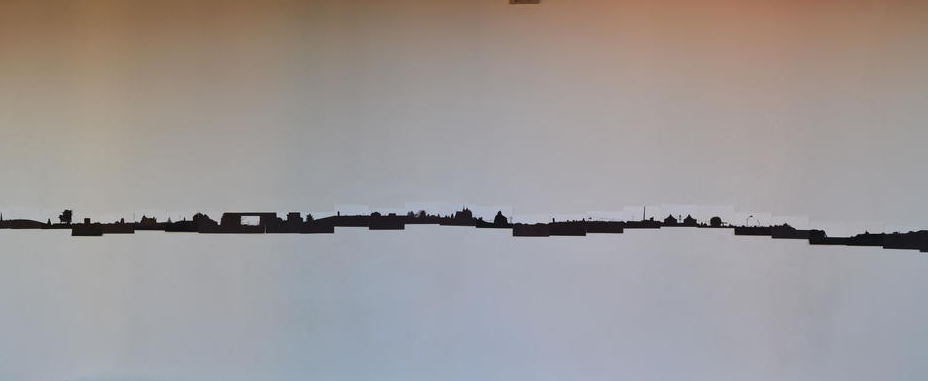
For more from Gabriel, check out his Twitter, Tumblr and website.
Jan 29, 2013 | collage, news, photography
My best friend loves movies and all of the incredibly beautiful people in them. A couple of summers ago she set to collecting cutouts of her favorite actors and comedians from magazines, and after a while she collaged them onto this massive sheet of purple paper – hundreds of photoshop-perfected faces looking out at you with adorably quirky smiles and teeth whiter than humanly possible. They covered the entire wall, thousands of eyeballs making one-way eye contact. After a while it felt like I was best friends with Tina Fey and Aziz Ansari, but only one very specific, perfected version of them.
 |
|
|
Everyone has made a collage at least once in their life, just like we all turn our hands into turkeys for Thanksgiving as a kid. So usually when I see art with “collage” listed as the medium, to me it just kinda seems like the artist was lazy and quit after the collecting ideas phase, because I find there’s always something lacking from art that didn’t come directly from the artist’s hand. If you’re just altering and combining things then how are you creating?
But while researching an article (that will be my first ever in PRINT! -so glad I made it before the industry died;) I found a number of collage or collage-type artists whose work is really powerful.
Even though they’re not sketching the images themselves, they’re collaging ideas, creating something new and unexpected. A lot of the times the works gain significance because some of the pieces come from older forms of media that we’re now all nostalgic over.
Julien Pacaud‘s work uses this kind of nostalgia to its advantage, creating surreal thought-provoking scenes that seem to exist in multiple dimensions. “Funny Games” casts giant children onto a vast grass landscape, gripping guns in one hand and toys in the other.
Pacaud is a French artist and illustrator who uses his work as a way to allow viewers “to transcend and transform their world as surreal qu’onirique (dream).”
Richard Vergez‘s work collages on a more conceptual level, the images often left without a background to prevent idea-interference. The backgrounds are not only blank, but a warm cream color, like that of older magazines that have yellowed gracefully.
“I make collages inspired by post-punk, Dada, and Surrealism,” said Vergez. “Loose Cannon” shows the figure of a man walking, but with thick blue cloud of smoke rising from his jacket collar instead of a neck and head and billowing out of the frame He walks across his white, empty landscape casually, a universal representation of the internal mini-freakouts when we miss a deadline or forget a payment. The kind we all hope no one notices.
 |
| Be Frank With Me by Jordan Clark. |
Jordan Clark was selected as one of the four artists for SCOPE New York’s Breeder Program showcasing this May, a program now in its 13th year of introducing emerging artists and galleries to the contemporary market. His works are more simple; pixelated portraits of some of history’s most recognizable men and vast landscapes interrupted by a central out-of-place element. Inverting conventions the way Clark does wouldn’t be possible without collage.
If you’re a collage artist or a big fan of one, comment with a URL so we can all find new kinds of image & concept convergence.



























